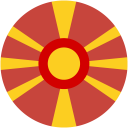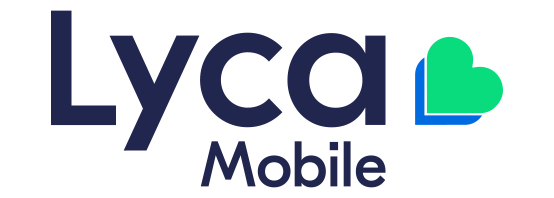Your Lyca Mobile Coverage Map*
The Lyca Mobile Coverage Map displays national, regional and local network coverage and strength, revealing the potential mobile call and internet reception.
Using Your Coverage Map
Please enter either your full address, state, city or the zip code into the search bar below to view your regional coverage. Alternatively, you can use your mouse or touchpad to manually navigate your way around the map. Mobile users can swipe to move around the map and use the ‘pinch-to-zoom’ function to zoom in and zoom out of specific locations. Desktop users can click and hold to move around the map and use either their mouse wheel or the plus and minus buttons on the top left of the screen to zoom in and zoom out of the map.
Get the most out of your coverage map
- See the potential 2G, 3G or 4G connection strength in your region
- Input your full address, zipcode or simply double-click on the map itself to zoom
- Remember to check not just your home, but also where you work and where you play!
- The darker the shade of green, the better your connection right up to 4G, with yellow indicating 2G coverage or that of one of our partners
The 4G LTE Network
4G stands for Fourth Generation mobile telecommunication technology and is the successor to the popular 3G network.
The 4G LTE system represents a breakthrough in relay technology. Relaying aims to improve signal and coverage to an area, and in doing so, to the end user. Although the notion of relaying signal is not an altogether new idea in itself, 4G LTE implements a system of smaller sub-relay points known as nodes that boost its capabilities to new found heights. 4G LTE relaying is based upon a principal of collaboration between communication points; a relay station sends out information that is then resent by local eNode-B or base stations, creating a larger, more even field of coverage. This process can then efficiently and effectively expand signal and service coverage to improve the performance of wireless communication systems in areas of low coverage or even in areas that previously had no coverage at all.
| Telstra Frequency Standards | |
It is important to note there are several “LTE700 bands”, support of the 700 bands used in the US are not compatible with the Telstra 700 band. Refer to band 28 to ensure interoperability with Telstra |
|

 Australia
Australia  Austria
Austria Belgium
Belgium Denmark
Denmark France
France Germany
Germany Ireland
Ireland Italy
Italy Macedonia
Macedonia Netherlands
Netherlands Norway
Norway Poland
Poland Portugal
Portugal Romania
Romania Sweden
Sweden Switzerland
Switzerland Tunisia
Tunisia United Kingdom
United Kingdom South Africa
South Africa Ukraine
Ukraine USA
USA Russia
Russia Uganda
Uganda


